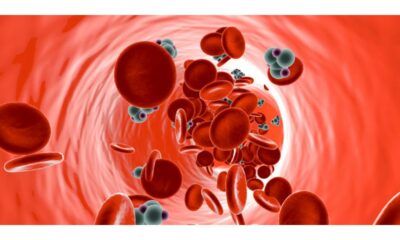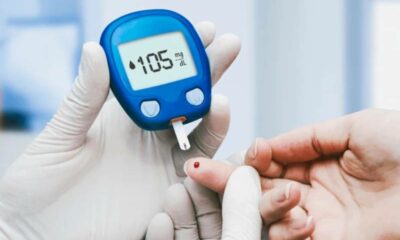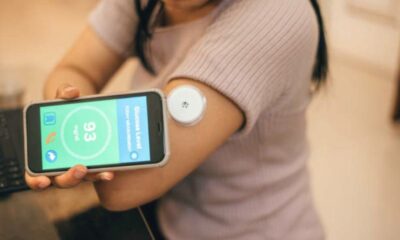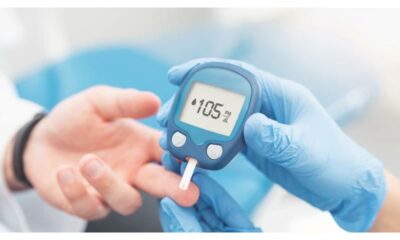In a world where convenience foods and digital distractions are the norm, our bodies are calling out for balance. Diabetes, often misunderstood as a disease solely about sugar, is actually a complex hormonal imbalance that reflects how our internal systems respond to modern life. Whether you’re newly diagnosed or supporting someone with diabetes, understanding the condition beyond the basics is the first step to mastering it.
The Modern Face of Diabetes
Diabetes isn’t just about what you eat—it’s about how your body communicates. At its core, diabetes is a signaling issue. Insulin, the hormone responsible for regulating blood sugar, either isn’t produced (Type 1) or isn’t used effectively (Type 2). But what disrupts these signals in today’s fast-paced world?
- Chronic stress
- Poor sleep hygiene
- Ultra-processed foods
- Sedentary lifestyles
- Environmental toxins
These modern challenges are contributing to rising diabetes rates, even among young people and those without a family history.
Beyond Blood Sugar: The Hidden Effects
Diabetes isn’t just a “sugar issue.” Over time, it can affect nearly every organ system:
- Brain: Cognitive decline and increased risk of Alzheimer’s
- Eyes: Diabetic retinopathy leading to vision loss
- Heart: Increased risk of heart attacks and strokes
- Nerves: Peripheral neuropathy, causing pain or numbness
- Kidneys: Risk of kidney failure requiring dialysis
But here’s the good news: early, intentional care can prevent or significantly delay these outcomes.
Holistic Approaches to Management
While medication and insulin therapy are often essential, many people overlook lifestyle interventions that are just as powerful.
1. Food as Information:
Instead of thinking of food as “good” or “bad,” think of it as code. Each bite sends signals to your body. Fiber-rich foods like leafy greens, nuts, legumes, and whole grains slow sugar absorption and stabilize insulin.
2. Move with Purpose:
Movement—especially after meals—acts like a natural insulin boost. Even a 10-minute walk post-dinner can significantly improve blood glucose control.
3. Mind Matters:
Stress spikes cortisol, which in turn increases blood sugar. Practices like meditation, journaling, or even mindful breathing are powerful tools in your diabetic toolkit.
4. Sleep to Heal:
Sleep is when your body repairs and regulates hormones. Poor sleep equals poor blood sugar control. Aim for 7–9 hours of quality, uninterrupted rest.
Future-Forward Tools: Tech & Diabetes
The tech world is catching up to the needs of diabetics. From continuous glucose monitors (CGMs) to smart insulin pens and apps that track trends, patients now have more control than ever.
Living, Not Just Managing
You are not your diagnosis. Diabetes doesn’t have to limit your life—it can deepen your awareness of your body and build resilience. With the right tools, mindset, and support, living with diabetes can mean living even more intentionally.
Closing Thought:
Diabetes is a teacher—one that asks us to listen to our bodies more closely and live more consciously. Whether you’re fighting for balance, searching for better energy, or striving to prevent complications, every step you take matters. And you’re not walking this journey alone.

 Diabetology2 weeks ago
Diabetology2 weeks ago
 Diabetology2 weeks ago
Diabetology2 weeks ago
 Diabetology2 weeks ago
Diabetology2 weeks ago
 Diabetology1 week ago
Diabetology1 week ago
 Diabetology2 weeks ago
Diabetology2 weeks ago
 Diabetology1 week ago
Diabetology1 week ago
 Diabetology2 weeks ago
Diabetology2 weeks ago
 Diabetology1 week ago
Diabetology1 week ago












